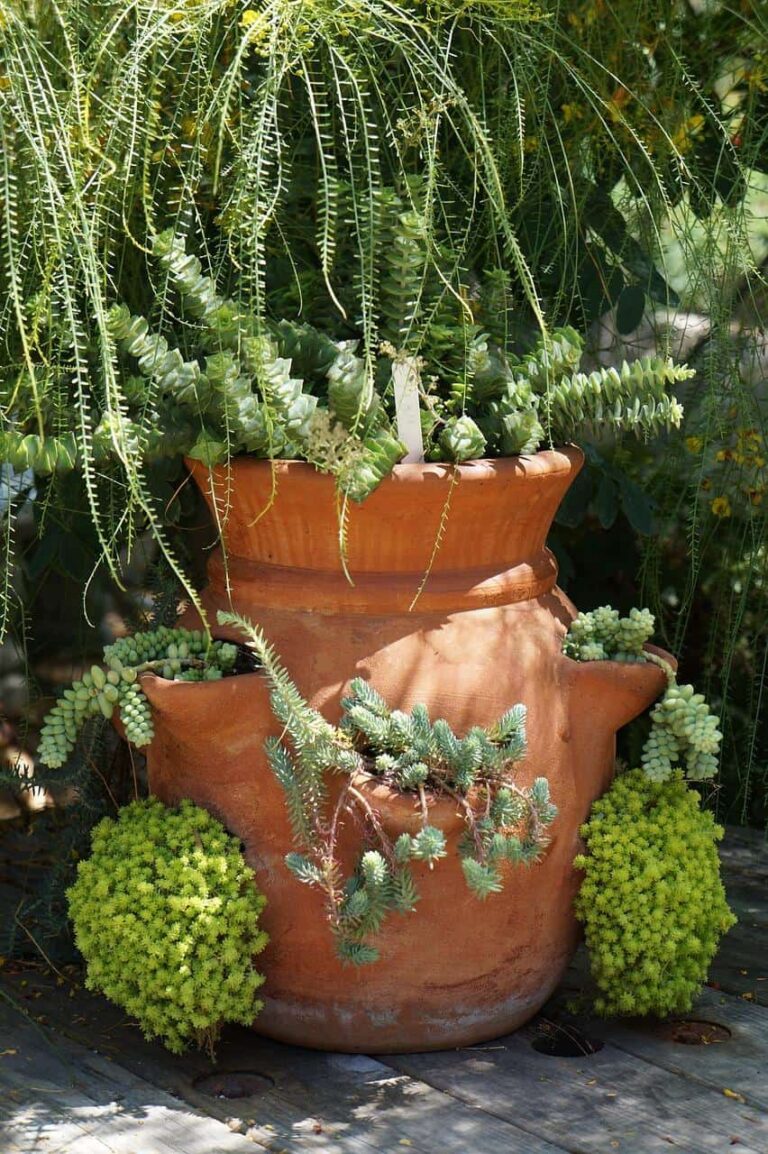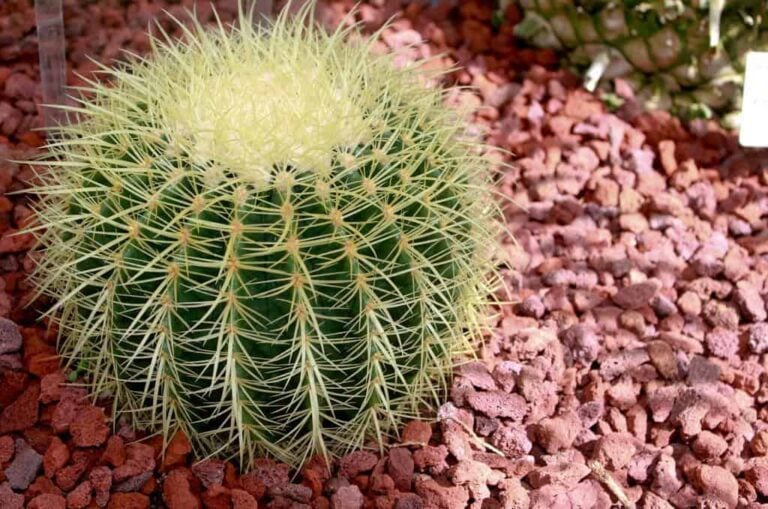Top Guide for Growing Your Umbrella Plant
The appropriately named Umbrella Plant, known alternatively as Schefflera Arboricola or the Heptapleurum, is an evergreen shrub native to Taiwan. Take care not to confuse this species with Umbrella Grass or, the taller varieties of Umbrella Trees that are commonly found in Australia and New Guinea. Though smaller than its counterparts, this shrub is no slouch—fully grown, it can reach heights up to 30 feet when planted outdoors. Indoors, they reach a lesser height, around 6-8 feet. This plant will grow to be lush and green with proper care from its owner.
Facts About Umbrella Plants
One trunk varieties of the Umbrella Plant are possible, though, its more likely that you’ll find multi-trunked specimens with many branches. The palmate compound leaves grow into a thick canopy, composed of 4-12 individual leaflets. This contributes to the plant’s “umbrella” appearance, the basis of its common name. Leaflets are green and glossy, usually growing a few inches long and a few inches wide.
Specimens grown outdoors in warm climates with sprout red flowers. This is not as likely to occur when the plant is grown indoors. Variations of this plant include different leaf colors, with one of the most popular being a variegated variety with white edges. This plant is a prime candidate for bonsai, and many practitioners have a few samples in their collections.
Umbrella Plants grow well in high temperatures and makes for any excellent addition to gardens or as landscaping ornamentation. Indoors, it’s a near-perfect houseplant, able to withstand neglect and poor conditions. They are, however, rather susceptible to pests and disease. On top of that, any responsible owner would want to make sure their Umbrella Plant does more than merely survive. If you want your plant to thrive, you’ll have to plant it right and care for it diligently as it matures.
Planting Umbrella Plants
The initial planting and growing process for Umbrella Plants is simple, regardless of whether you choose to do so indoors or outdoors. When planting outside, you’ll need to do your best to mimic the soil conditions of this shrub’s natural habitat. That means plenty of humus and a steady influx of compost and organic material for nutrients.
Outdoor Umbrella Plants need shade and must be kept on a regular feeding and watering schedule. You’ll need to keep them moist to combat pests like mealybugs, scale, aphids, and spider mites. For optimal growth, you might also consider adding staking or supports.
Indoors, you should find an ample sized pot (the root structures for Umbrella Plants can become rather complex). You’ll need to pick a room with medium light, preferably bright but indirect. Too little light will cause the plant to droop and become unappealing.
The soil for your indoor Umbrella Plant should be nutrient rich, but not too much so. A mixture with two parts peat moss and one part perlite is one of the better blends you can put in your pot.
Water the Umbrella Plant when the top layer of soil begins to dry. Soak thoroughly, but refrain from overwatering as this will discolor the leaves. In severe cases, you might even kill your plant. Make sure water is draining from your pot correctly, and never allow it to pool up underneath the plant. You’ll know you’re on the wrong track if you notice the leaves of your plant starting to discolor or wilt.
You don’t have to fertilize your indoor Umbrella Plant, but you can give it some food during the growing season to give it a boost. All-purpose fertilizer at normal strength every few weeks is suitable for achieving this goal. During the winter months, discontinue fertilization and wait for the next season.
You will need to repot these plants every two to three years. Be delicate with the roots, and place your plant in a pot that’s a few inches wider than the previous one. Keep the potting soil consistent and add some compost to make sure that it stays healthy.
Cared for correctly, your Umbrella Plant will mature rapidly. You’re now ready to undertake some pro-level upkeep.
Caring For An Umbrella Plant
Selective pruning will be a critical component of caring for your Umbrella Plant. This species grows quickly, so you’ll have to trim it back to maintain a show-worthy appearance. If the tree starts to become leggy, pinch off those growing tips. If you want it to grow bushier, chop off some excess and watch it flourish.
With the Umbrella Plant, you can virtually cut to your heart’s content, and the plant will regrow during its proper season. Just be sure to use sanitized shears, as dirty shears will promote rot or a nasty plant infection. Infections can occur in the roots of this plant as well, usually as a byproduct of too much water. Stick to your schedule and drain the pot to keep the water levels right.
You should maintain a warm (but not too hot) temperature of 65-75 degrees Fahrenheit. You’ll also need to keep your humidity at average levels. Too much will cause complications, and too little will dry out the leaves and attract the pests.
If the pests do rear their ugly heads, you can usually spray them away with a soap-and-water mixture. If a heavy infestation occurs, you’ll need to take more drastic measures. Treat your Umbrella Plant with insecticide to drive them off, then correct the conditions that allowed them to propagate in the first place.
Most problem signs that you might observe, such as stunted growth, discolored/drooping leaves, or a leaves falling off the plant in droves, are a result of a sub-optimal environmental condition. Make sure you’ve balanced everything in your home just right so that your Umbrella Plant can flourish.
Additional Care Requirements
Keep these general guidelines in mind whenever you’re caring for your Umbrella Plant:
Place the plant in as bright as area as possible, but avoid bombarding it with direct sun.
Prune your Umbrella Plant often to maintain a healthy appearance.
Do not overwater your Umbrella Plant
Clean and humidify regularly to drive off potential Pests.
Photo By Dinesh Valke Licensed Under CC BY-SA 2.0





